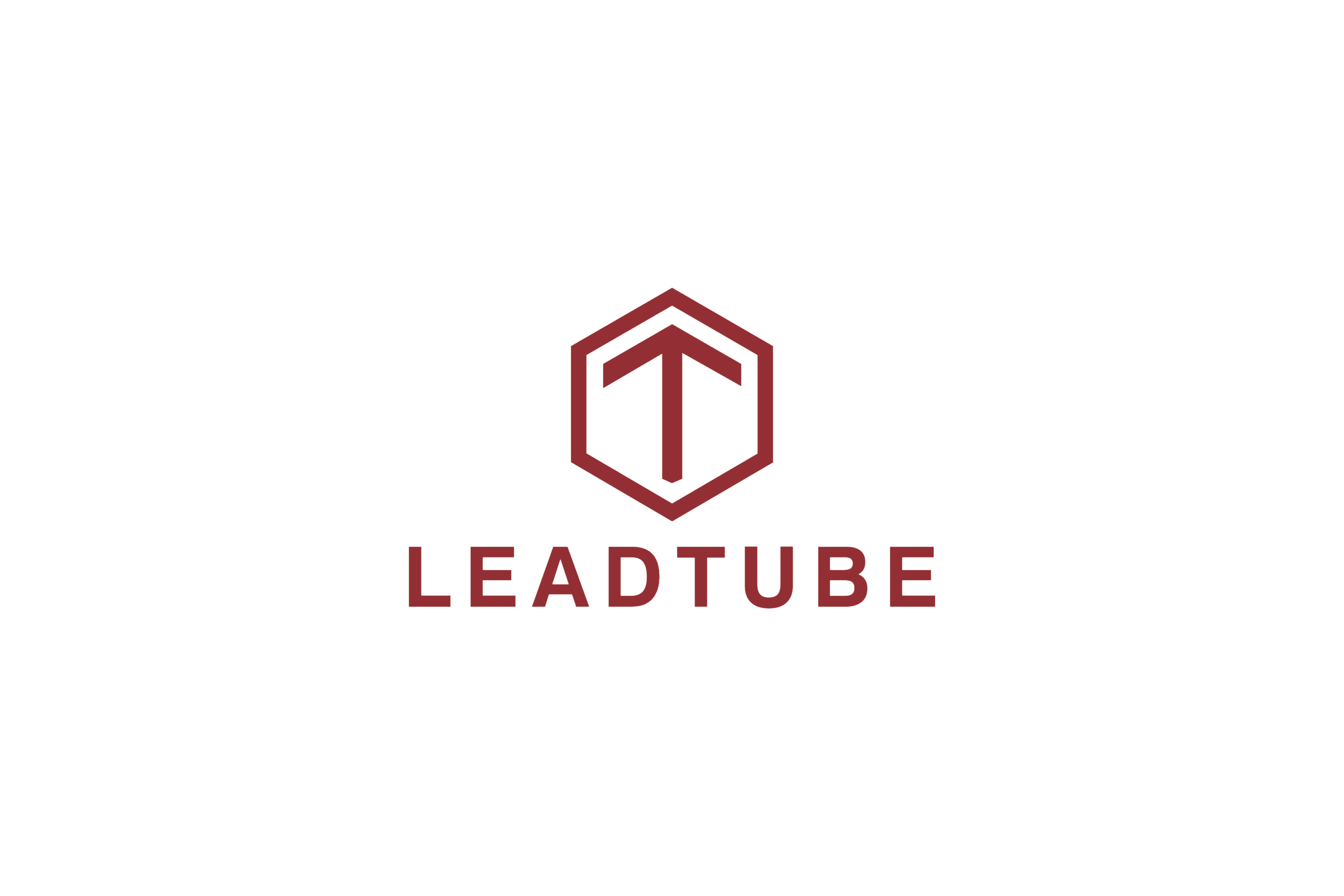Native Advertising: Blurring the Lines Between Content and Promotion
- Aman Ahmadi

- Feb 7
- 2 min read
In the vast digital landscape where content is king and attention spans are fleeting, capturing the intrigue of an audience is a complex dance. Among the various strategies and tactics that have emerged, native advertising stands out, seamlessly weaving promotional messages within the fabric of editorial content. This symbiotic relationship between content and advertising is where the digital world is witnessing a transformation. Native advertising, as its name suggests, offers advertisements that feel "native" to their platform, mimicking the style, tone, and format of the platform's regular content.

When you scroll through your favorite online magazine or news site, that article piqued your interest, the one that felt just like another story but subtly introduced a product or brand that's native advertising in action. It's no longer about glaring banners or overt promotions; it's about storytelling, about integrating a brand's message into content that feels organic, authentic, and engaging.
Consider some of the most memorable native ad campaigns: A renowned travel brand partners with an online magazine to produce a visually rich article on top travel destinations, replete with stunning imagery and embedded links to book trips. Or perhaps a tech giant collaborates with a digital media house to create an interactive piece discussing the future of technology, subtly highlighting their latest product. These campaigns resonate because they don't disrupt the user's experience but enhance it, providing value while promoting a brand or product.
But with the blending of editorial and promotional content, there's a potential pitfall: the risk of misleading the audience. This highlights the importance of differentiating between pure editorial content and native ads. Transparency is key. The most responsible platforms ensure that native ads are labeled clearly, using terms like "sponsored" or "promoted" to denote their commercial nature. Visual cues, different font styles, or even distinct background colors can help delineate native ads from regular content. The idea is to avoid tricking the audience but to offer them valuable content that happens to be sponsored by a brand.
The era of native advertising signifies a new dawn in the digital marketing sphere. It's about creating harmonious content where promotions don't feel forced but are integral to the narrative. While it's a powerful tool, brands and publishers must tread cautiously, prioritizing transparency and authenticity to foster trust and meaningful engagement with their audience.




Comments